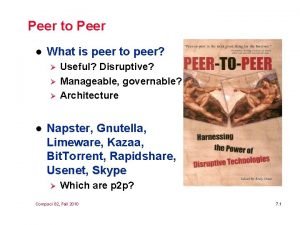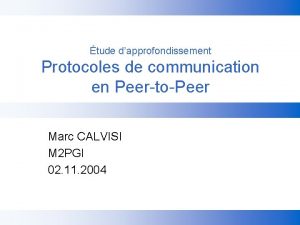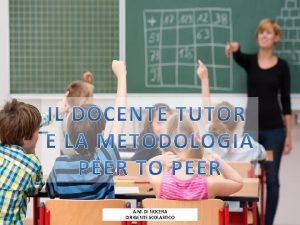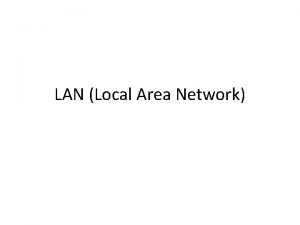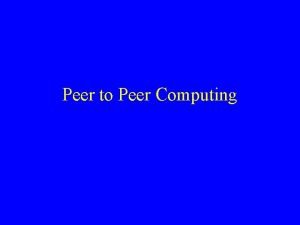Avoid Jargon Peer Teaching Opportunities 1 2 Encourage






- Slides: 6

Avoid Jargon Peer Teaching Opportunities 1 2 Encourage Self-reflection Group Work 4 5 Empower Students 3 Provide Resources in Advance 6

Empower students to take responsibility for their own. Work alongside students as cocreators/co-produces of learning. Give choice of content/modules so students can create their own learning journey. Provide resources in advance e. g. upload resources in advance of the session to allow students to familiarise themselves with the content etc. Peer teaching allows those who understand a topic or concept to explain it to others. Can draw on own experiences. Encourage self-reflection so they think about how their background, biases, personal identity, beliefs and experience may affect their learning and assumptions. Don’t use unnecessary jargon or cultural references that may be unclear to particular groups of students e. g. international students, mature students etc. Explain appropriate terminology. Group work that allows students from different backgrounds to work together, bringing their varying strengths and life experiences to the groups and improving a sense of community and belonging.

Personalised Pathways Choice 7 Asynchronous Tasks 10 Variety in Delivery 8 9 Regular Feedback Variety of Resources 11 12

Use a variety of teaching delivery approaches so which build on individual’s different strengths e. g. group work, tutorials, presentations, projects etc. Allow choice in aspects of learning, teaching and assessment to build on individual’s strengths and to recognise other differences eg prior knowledge, current situation, priorities and career aspirations. Provide personalised learning pathways, recognising that people learn at different paces and in different ways and may navigate their way through content differently. Use a variety of teaching resources so students can learn in different ways, e. g. mix of academic papers, books, videos, blog posts etc. Provide resources that are customisable, where possible, to suit individual’s needs. Provide opportunities to test knowledge, access to support material, re-take tests, regular feedback on progress. Regular low stakes and/or formative assessments. Asynchronous tasks will allow students to work at their own pace and a time and place to suit them to fit round other commitments.

Model Diversity and Inclusion Clarity 13 Celebrate Differences 16 14 Provide Alternatives 15

Provide alternative mechanisms to access the curriculum e. g. lecture capture; alternative arrangements for students not able to go on field trips. Provide content in a format they can customise. Provide material that is inclusive in terms of the way perspectives/standpoints. Ensure difference is represented. Be clear in expectations and requirements and encourage requests for clarification. Inclusive Curriculum Recognise and value your students by approaching teaching sessions with an ethos of dialogue. Find ways to connect with and learn about the uniqueness of all students e. g. ice breakers, personal reflection activities. Use peer-to-peer discussions to encourage students to support each other. 16 cards that support inclusivity through curriculum design and delivery.
